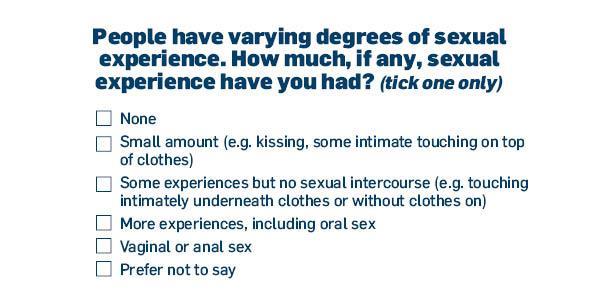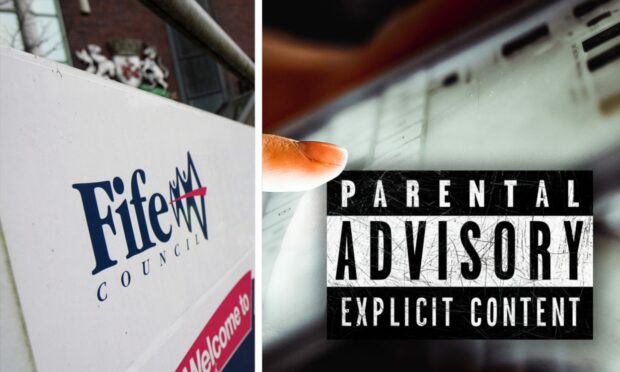Fife school pupils WILL be asked to complete a controversial sex survey – but with different questions to those put to teenagers elsewhere.
Children and young people in Dundee, Angus, Perth and Kinross and elsewhere in Scotland have already completed the Scottish Government’s health and wellbeing census.
Amid furore over the content of some of the questions for older pupils and concerns about anonymity, Fife Council delayed issuing the questionnaire then its education committee recommended it be scrapped altogether.
But the local authority has decided it will conduct the survey after all – but with different sexual health questions and a means of affording greater anonymity.
The sex questions
These are the questions on sex which will be posed to Fife senior pupils (S4 to S6) only:
- Have you ever had sexual intercourse (sometimes this is called making love, having sex or going all the way or appropriate colloquial terms)?
- How old were you when you had sexual intercourse for the first time? (Multiple choice answers range from never, 11 years old or younger to 16 years old)
- The last time you had sexual intercourse, did you or partner use a condom?
- The last time you had sexual intercourse, what method(s) did you or partner use to prevent pregnancy?
One of the questions in the Scottish Government health and wellbeing census which prompted a backlash over its content asked pupils from S4 upwards if they had had vaginal or anal sex.
Some ‘more intrusive’ questions scrapped

This question (above) and others in the original survey were put to pupils in some other parts of Scotland – including Angus, Dundee and Perth and Kinross – but will not to be posed in Fife.
Fife responses will be logged with a generic code rather than a unique number, so individual pupils cannot be identified.
The survey is being conducted to help gain understanding of the wellbeing needs of children and young people so they can be better met.
I would have preferred the sexual health questions to be completely gone but these questions are far less intrusive.”
Fife Conservative education spokesperson, Cllr Kathleen Leslie
It will be issued to children from P5 upwards, and asks about a range of issues, including social media and body image, to address concerns. Questions about sex and drugs will only be posed to older pupils.
Labour spokesperson for education on Fife Council, Cara Hilton, said it was important the data and evidence gathered was available to authorities “get it right for children” and that questions had been changed in response to concerns.
Her Conservative counterpart Kathleen Leslie said she was now satisfied with the survey’s format.
She said: “It’s going to be completely anonymous, which was my main concern, that pupils could be identified.
“I would have preferred the sexual health questions to be completely gone but these questions are far less intrusive.”











Conversation